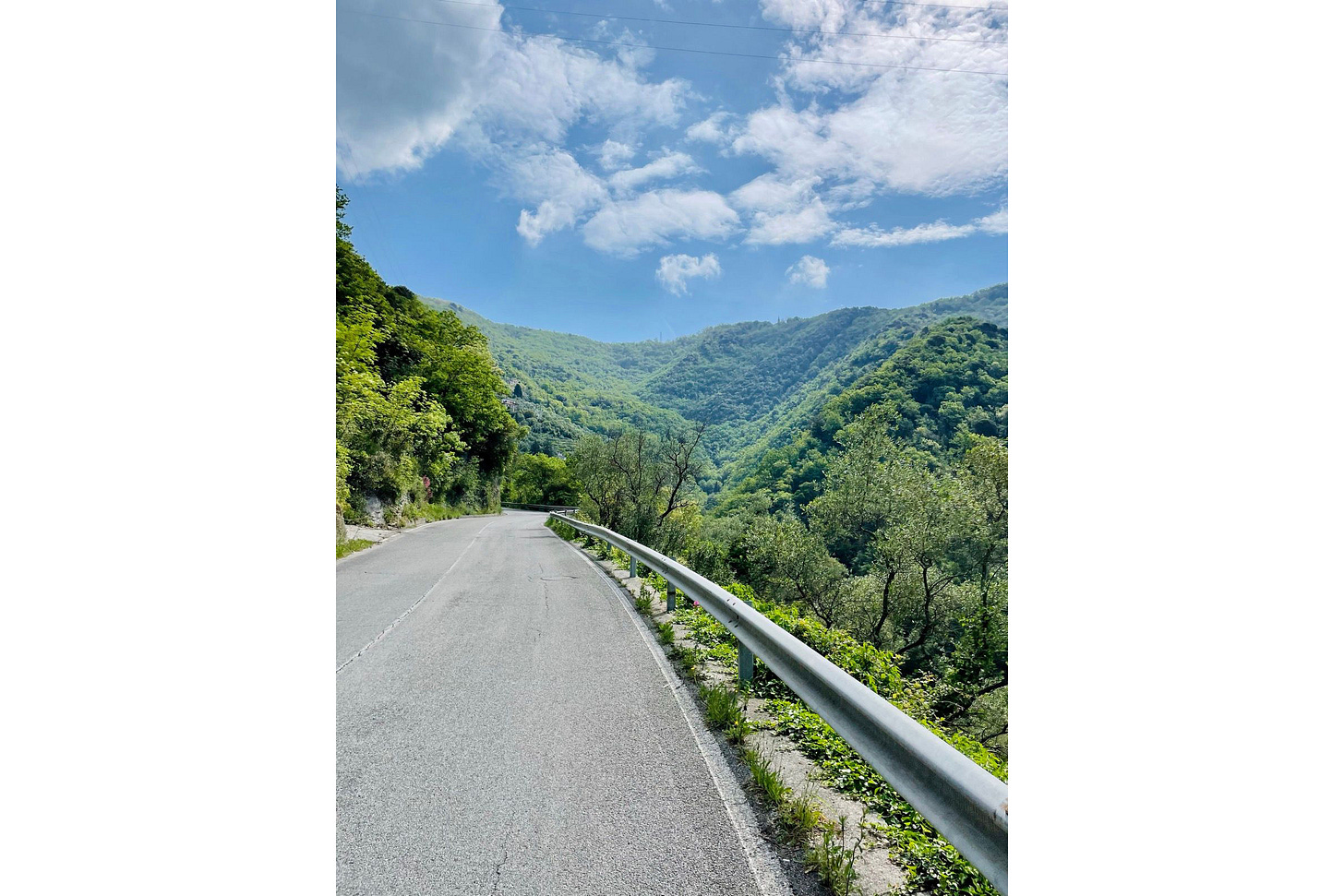hi there 👋
I hope all is well.
Here is my May recap, broken down by topic, with links to the individual articles.
I hope you’ll find them useful.
Please feel free to comment below or in the individual articles should you have any questions, and I will try to follow up.
Take care!

Heart rate variability (HRV) 🫀
Race day heart rate variability (HRV): Should you measure your heart rate variability (HRV) on race day? What’s an ideal response in the days leading up to the race and on race day? How well do readiness or recovery scores reflect our ability to perform on race day? In this blog, I answer these questions, based on published literature and the past 10 years of experience working with this type of data.
What's your normal range for heart rate variability (HRV)? One of the challenges when it comes to making sense of heart rate variability (HRV) data is that there is no universal frame of reference. After taking our first measurement, we haven’t really learned anything useful. Naive tools add to the confusion by oversimplifying with the “higher is better” approach to HRV analysis, which makes little sense. How should we interpret our data then? I often talk about your “normal range” as the only meaningful way to make use of HRV data. But what is this normal range and why is it important? Learn more, in this article.
Research: we are supporting a new research project of the Spanish Mountaineering Team going on a 30-day self-sufficient expedition to Greenland.
HRV4Training will be used to monitor resting physiology in relation to nutrition and the menstrual cycle while managing limited resources in extreme conditions. I’ll keep you posted on what we learn as the study moves forward, special thanks to Esther and Anna for involving us.
Building 🛠️
New HRV4Training Pro: I have been busy building the new HRV4Training Pro and have written various articles that can serve as a user guide and overview of the different features. You can learn more about the main principles and you can find a user guide here. If you are a Pro user, you can already use the new HRV4Training Pro. Learn how to migrate, here. I hope you’ll like it!
Wearables ⌚️
Recommended sensors for heart rate variability (HRV) measurement in HRV4Training: In this blog, I provide a list of the sensors we normally recommend for HRV measurement, which you can either pair directly with HRV4Training, or link via APIs, or whose data you can enter using manual input in the questionnaire. These are all sensors that I have either tested or used and that I trust in terms of providing high-quality data.
Sorting out metrics confusion: there are often reports of inconsistent outputs from different tools people use to track various metrics, e.g. apps or wearables for heart rate variability (HRV). Typically, it is not really an inconsistency but just a matter of understanding what is going on: e.g. when and how things are measured, and how the data is turned into messages or readiness scores. The more you understand the physiology and the technology, the better use you can make of it. In this blog, I want to show you a simple example of what I mean, and how what seems inconsistent output makes in fact a lot of sense when we understand what we are doing and how the tools work.

Training talk 🏃🏻♂️
How to turn the worst running economy ever measured into sub-3-hour marathon performance in only 14 years: this blog started as a bit of a joke, but hopefully, there’s something useful in here for other endurance athletes. It covers my journey since I started running, and the many learnings leading to the sub-3 marathon I ran in April.
100 km del Passatore: the race was canceled due to the floods in my region. Before this happened, I had done some race simulations, in which I learned a few things, and that I have covered in these short blogs:
Training log. As the name says, this is simply my training diary for the year.

That’s all for today, see you next month, and thank you for reading!
Previous newsletters:
Marco holds a PhD cum laude in applied machine learning, a M.Sc. cum laude in computer science engineering, and a M.Sc. cum laude in human movement sciences and high-performance coaching.
He has published more than 50 papers and patents at the intersection between physiology, health, technology, and human performance.
He is co-founder of HRV4Training, advisor at Oura, guest lecturer at VU Amsterdam, and editor for IEEE Pervasive Computing Magazine. He loves running.
Social:





